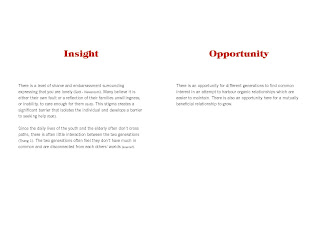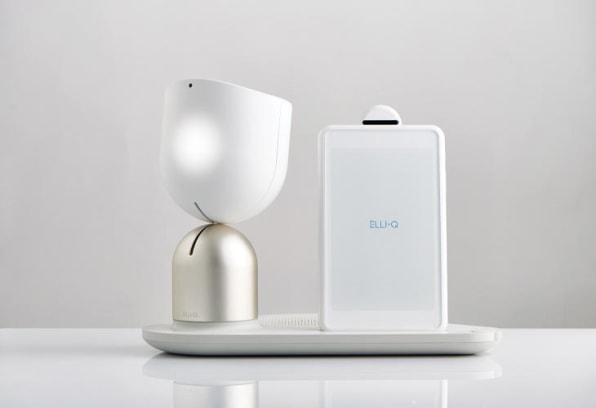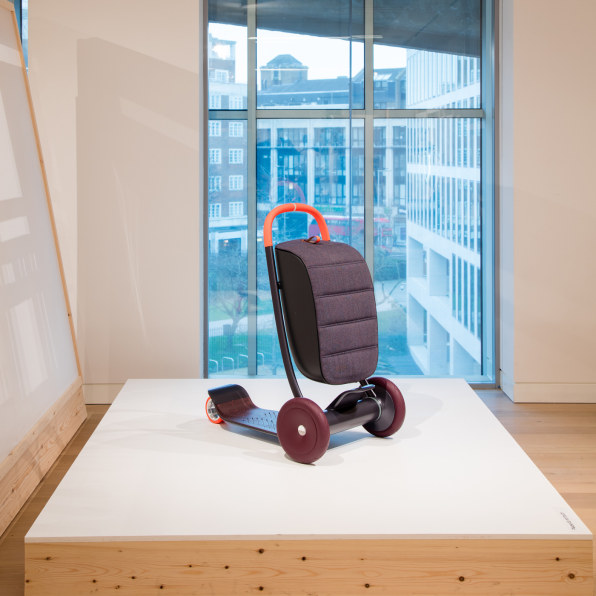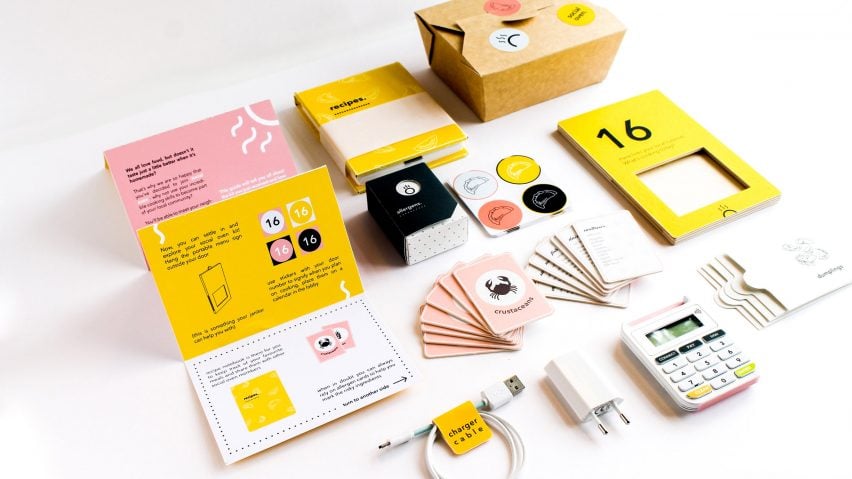Encountering problems/barriers and refining idea
Today in class myself and Tallulah caught up and got back on track with where we were heading before the holidays. Unfortunately, over the holidays we were in different cities and working a lot and so could not catch up.From our sketching up of new app page mockups we realised that our app is working great as a cooking app but not as much more than that. The main idea of this app is that it connects you with either the older or younger generation. Right now there is nothing forcing you to really do that.


In these mock-ups we were really focusing on making the app like a game. We did this because in previous critiques we were questioned why the younger generation would want to do this or keep engaging with this app. Turning it into a game and competition gives incentive to keep going to reach the next level and do more challenges.
(Duolingo app)
Before the break, we talked about getting storytelling as a part of the app somehow. This is a very important feature as getting a relationship to form and making the elderly feel valued is a core outcome we want. We started brainstorming again and as we tried to address more issues and holes in the app we became very overwhelmed and the app was just getting more and more complicated!

 ]
]We have been feeling like we have to address every potential issue within the app. For example what if elderly dont have smart phones? We've been trying to solve all of these but after a talk with Jason we realise we can't address every single issue.



















































